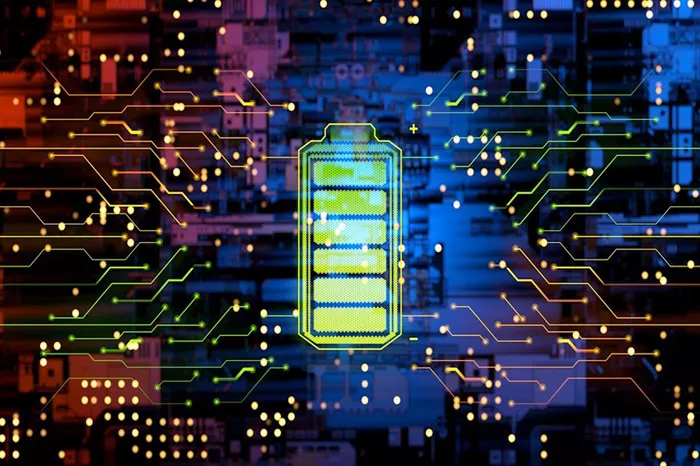Researchers at Northwest Normal University in Gansu, China, have developed the world’s first nuclear battery made from radioactive carbon, capable of lasting up to 100 years. This breakthrough battery could power devices in remote areas, from the deep sea to outer space, according to media reports.
As the world seeks cleaner energy solutions, scientists are exploring new ways to meet energy demands without contributing to global warming. While wind and solar power are successful, they are dependent on weather conditions, making them unreliable for remote locations.
In contrast, a nuclear battery generates electricity using the radioactive properties of isotopes. Since the half-life of radioactive materials can span hundreds of years, nuclear batteries provide a reliable long-term energy source.
The team at Northwest Normal University created China’s first nuclear battery using carbon-14, a rare isotope of carbon, also known as radiocarbon. Carbon has three isotopes: carbon-12 (the most common, making up 99.8% of carbon), carbon-13 (about 1%), and carbon-14, which occurs only once in every billion carbon atoms.
Carbon-14’s weak radioactive decay has a half-life of 5,730 years. The researchers constructed a nuclear clock using a silicon-carbon compound semiconductor, which produced a power output of 433 nanowatts. They successfully powered an LED lamp for more than four months, generating over 35,000 pulses.
The researchers believe this nuclear battery could provide permanent power for implantable devices like pacemakers or brain-computer interfaces.
Related topics:
- Electrovaya Secures $50.8 Million Loan for U.S. Battery Manufacturing
- Chinese Company Unveils Prototype of Ultra-Longevity C-14 Nuclear Battery
- Scania Secures Backup Battery Supply Amid Northvolt’s Financial Struggles

